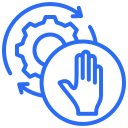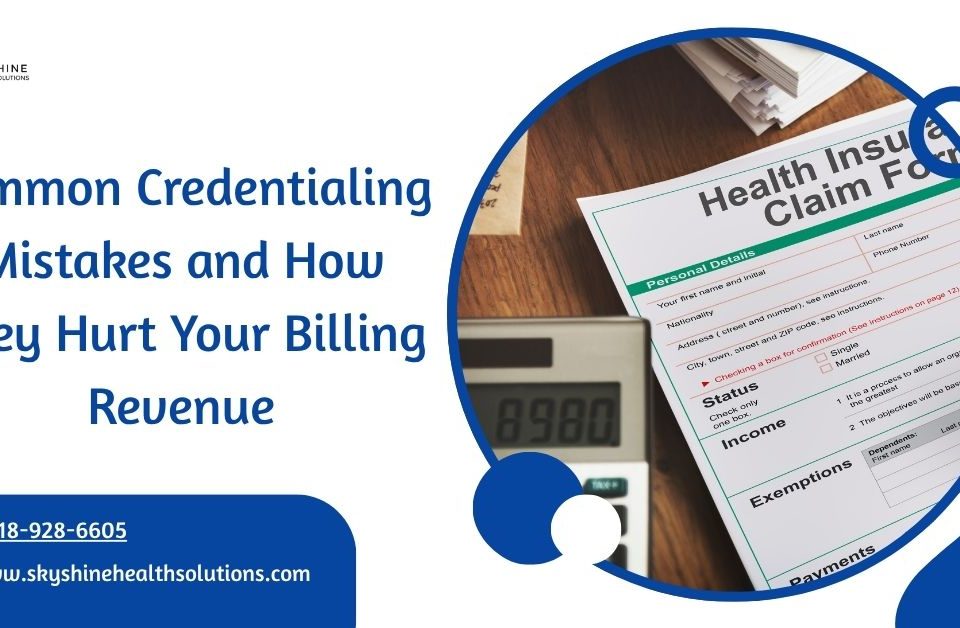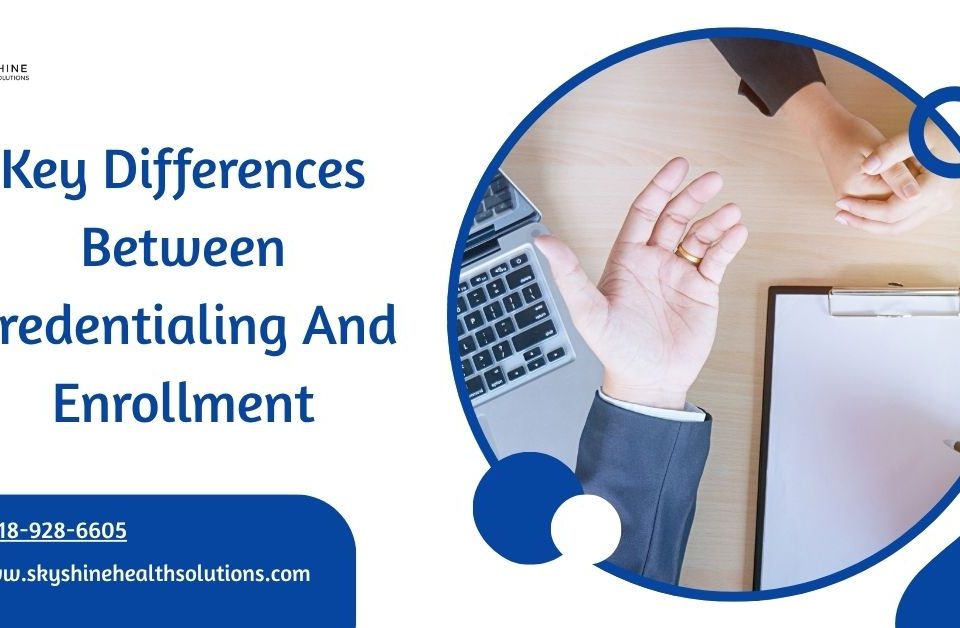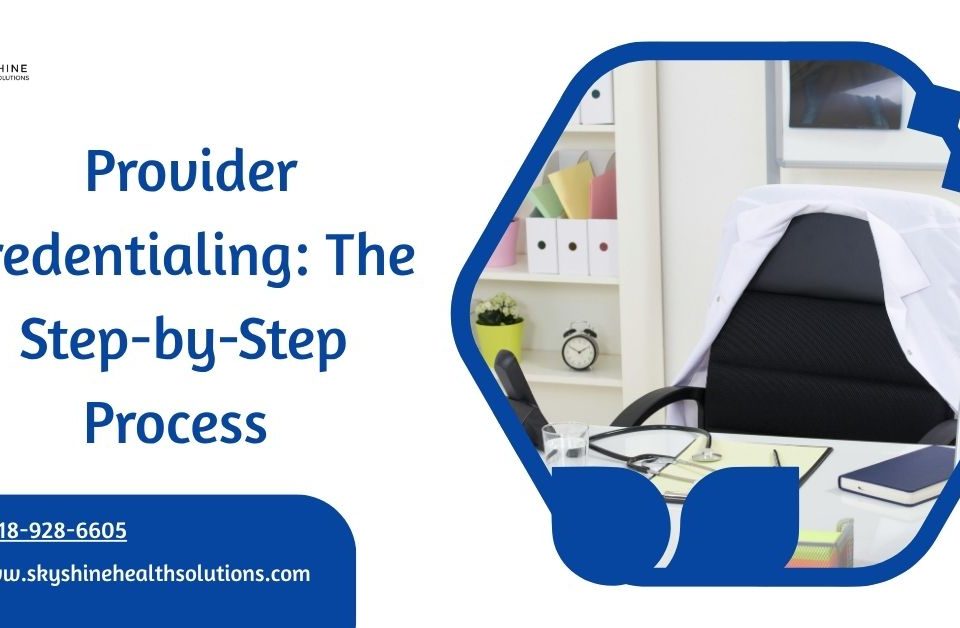
Handle Insurance Rejections & Denials in Billing (2025)
May 26, 2025
Insurance Claims: Top Reasons They Get Denied – How to Prevent Them
June 2, 2025EOB (Explanation of Benefits) plays a crucial role in the medical billing process, yet many patients and providers find it confusing. After you visit a doctor or undergo a medical procedure, your health insurance company sends an Explanation of Benefits to clarify what they covered, how much they paid, and what you might still owe. Although it’s not a bill, this document helps you understand your healthcare costs more clearly.
In this blog, we’ll explore:
-
-
- What an EOB is
- How to read an Explanation of Benefits
- Common EOB denial codes
- The difference between an EOB and a medical bill
- Why it matters for patients and medical billers
-
What is an Explanation of Benefits (EOB)?
An Explanation of Benefits (EOB) is a detailed report that your health insurance provider sends to explain how they processed a medical claim. Specifically, it outlines what the insurance covered, how much they paid, and what you might owe. However, to emphasize again, it’s not a bill—it’s more like a receipt from your insurer after a service.
What Does an EOB Contain?
Here’s what you can typically expect to find in your EOB notice:
-
-
- Patient Information: Your name, insurance number, and date of service
- Provider Information: The physician or medical facility you visited
- Services Provided: The treatment or procedure that the provider billed
- Billed Amount: The amount the provider charged
- Allowed Amount: The amount the insurance company agrees to pay
- Paid Amount: The amount the insurance actually paid
- Patient Responsibility: The amount you might need to pay (copay, deductible, etc.)
- Explanation Codes: Notes that explain adjustments or denials
-
If you’re learning how to read an Explanation of Benefits, focus especially on the “Patient Responsibility” section and any denial reason codes listed at the bottom.
Common EOB Denial Codes in Medical Billing
Occasionally, insurance doesn’t cover the full amount, and that’s where EOB denial codes become useful. These concise codes explain why a claim was partially paid, reduced, or denied. For instance:
-
-
- CO-45: The charge exceeds the fee schedule
- PR-1: The deductible hasn’t been met
- CO-96: The service isn’t covered
- OA-23: An adjustment was made for a prior payment
-
By understanding these denial codes in EOB reports, you can more quickly correct errors or start an appeal process.
EOB vs Medical Bill – What’s the Difference?
This question frequently pops up in medical billing discussions—and for good reason!
-
-
- EOB: Your insurance company sends this to you
- Medical Bill: Your doctor or healthcare provider sends this
-
To clarify, the Explanation of Benefits shows what your insurance company paid and what portion you might need to cover. Then, the provider sends the actual bill (if applicable) after receiving payment from your insurance. Therefore, don’t pay based on the EOB—wait for the bill from the provider.
Why Your EOB Matters
For patients, an EOB serves several key purposes:
-
-
- It helps you spot billing mistakes
- It shows whether your insurance is working correctly
- It informs you about how much you might need to pay
-
Meanwhile, for medical billers or practice managers, the EOB proves equally valuable because it:
-
-
- Confirms the insurance payment
- Provides data for managing denials and appeals
- Ensures accurate billing of patient responsibility
-
In short, knowing how to read an Explanation of Benefits in medical billing ensures accuracy and transparency for everyone involved.
Final Thoughts
At first glance, the Explanation of Benefits might seem intimidating, but it’s actually a helpful document—especially if you know what to look for. Whether you’re a patient reviewing charges or a billing specialist verifying payments, understanding the EOB can make the entire medical billing process smoother and less stressful.
So, the next time an Explanation of Benefits arrives in your inbox or mailbox, don’t toss it aside. Instead, take a moment to review it—it holds more answers than you might think.

Learn more on Why Credentialing Verification Matters in medical billing 2025
Check out Reviews to learn that how we are improving lives.

















3 Comments
It’s in fact very complex in this active life to listen news on TV, so I only use internet for that reason, and take the
most up-to-date news.
If some one wants expert view concerning running a blog then i recommend
him/her to visit this web site, Keep up the good job.
Hello there! This post could not be written much better!
Looking through this article reminds me of my previous
roommate! He continually kept preaching about this.
I most certainly will forward this information to him. Pretty sure he’s going to have a very good read.
Many thanks for sharing!